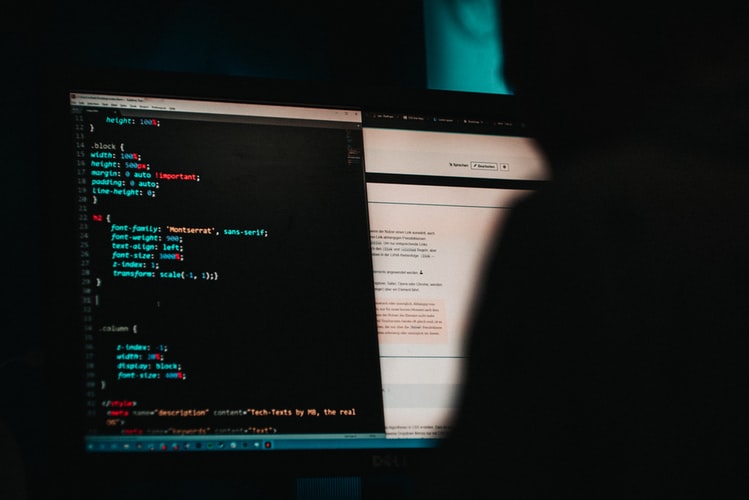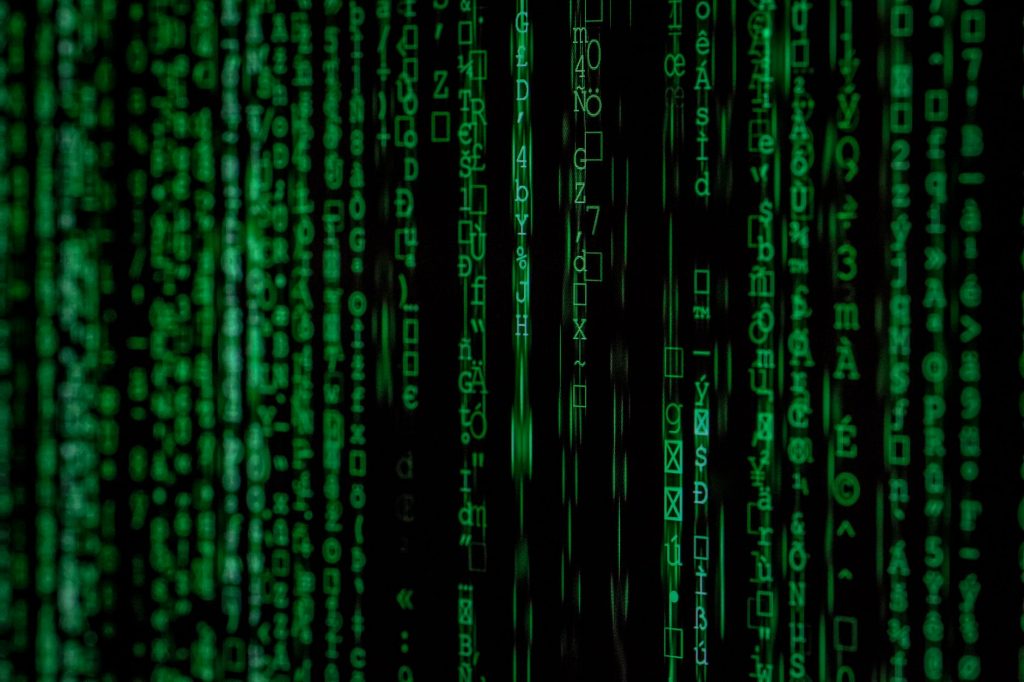Felony Cyber Crimes

As technology increases, so does the variety of cyber crimes that occur, as well as the measures taken to prevent and prosecute against it. Cyber crimes can range over any number of felony categories, whether it be from hacking, data theft, bullying, wire fraud, child pornography, or any other number of crimes that take place through the internet. There are several laws that govern these types of crimes, as well as a number of groups within the government that work to put protective barriers in place so that these crimes can be stopped before they happen, and to find them when they do happen. Some of the most severe computer crimes that result in felonies include hacking, wire fraud, child pornography, and copyright infringement.
Hacking
Hacking is when someone breaks into someone’s computer system without permission. However, there are exceptions to when this crime is pursued, as the hackers are divided into three types: white-hat hackers; black-hat hackers; and grey-hat hackers. White-hat hackers do something called ethical hacking, where they break into an organization’s system in order to find the weak spots before the criminals can. They then report back to the organization with what needs to be fixed and suggestions on how they can go about doing it. However, they must be given permission to do so. While they’re deemed the “good guys,” the “bad guys” are the black-hat hackers, who do it illegally. They have malicious intents, looking to shut down websites, find confidential information, or cause damage to an organization. Grey-hat hackers are on the iffy side, as they don’t have permission, but also don’t have malicious intent. They often will report the weakness to the organization or website, and perhaps even offer to fix it for payment. Where things get fuzzy legally is that the laws governing cyber laws do not actually permit ethical hacking.
Computer Fraud and Abuse Act
The main law associated with hacking is the Computer Fraud and Abuse Act (CFAA). However, it all traces back to a prior computer fraud law, 18 U.S. Code §?1030 – in the Comprehensive Crime Control Act from 1984. This basically defined hacking as when someone accesses a computer, either without permission or extending beyond their permission. However, this was basically only on a government level; this didn’t protect everyone. It made it illegal to hack computers to obtain national secrets or personal financial records or to hack into a government computer, making hacking a felony offense right off the bat. It was then expanded by the CFAA, mostly by including financial institutions and those of “federal interest,” but also by prohibiting hacking with intent to fraud, to “alter, damage, or destroy” information, or to sell computer passwords.
Until 1994, this remained a federal offense, only related to criminal charges with federal interest. This amendment added an option for private organizations and individuals to pursue civil charges in the case of hacking, obtaining financial compensation. Also added were the crimes of: theft online in order to commit fraud; sending viruses; and adding more to the selling than just passwords. It can also protect from unintentional damage and even from insiders of the organization. Perhaps most importantly, it took hacking from just occurring during unauthorized access, including really any form of malicious intent within someone’s computer system.
1996 came with an expansion into obtaining any information, even just reading, over interstate or foreign communication a crime. It also took all hacking misdemeanors to felonies if they involve a crime, money, or information valued over $5,000. Finally, it basically made every computer applicable, defining hacking as accessing any “protected computer,” which is any computer that has interstate communication – which is pretty much everyone on the internet.
The events of 9/11 were followed by the USA Patriot Act, which also defined some of these laws by involving computers outside of the states as long as they affect interstate or foreign communication with the US. It also made damaging any government computer used for justice, national security, or national defense a crime.

It hasn’t been updated since 2008, when they criminalized threats to damage, steal data from, or release private data from someone’s computer, as well as refuse to fix damage they caused the computer. Just conspiring to commit a computer hacking crime can come with a criminal charge, and they may have to give up all of the equipment they used when committing their crimes. Private computers also extended one more time from any computer that is involved in interstate communication, to any computer that even just affects interstate or foreign communication. This extension allows Congress to even handle local cases, taking a huge turn from the largely federal standard of hacking.
Specific sentences found in the Computer Fraud and Abuse Act are:
| Offense | Section | Years in Prison |
| Obtaining National Security Information | (a)(1) | 10, 20 for second conviction |
| Accessing a Computer and Obtaining Information | (a)(2) | 1 to 5, 10 for second conviction |
| Trespassing in a Government Computer | (a)(3) | 1, 10 for second conviction |
| Accessing a Computer to Defraud and Obtain Value | (a)(4) | 5, 10 for second conviction |
| Intentionally Damaging by Knowing Transmission | (a)(5)(A) | 1 – 10, 20 for second conviction |
| Recklessly Damaging by Intentional Access | (a)(5)(B) | 1 – 5, 20 for second conviction |
| Negligently Causing Damage and Loss by Intentional Access | (a)(5)(C) | 1, 10 for second conviction |
| Trafficking in Passwords | (a)(6) | 1, 10 for second conviction |
| Extortion Involving Computers | (a)(7) | 5, 10 for second conviction |
| Attempt and Conspiracy to Commit such an Offense | (b) | 10 for attempt, but no penalty specified for conspiracy in section (c) |
Stored Communications Act
Part of the Electronic Communication Privacy Act, the Stored Communications Act protects basically all data, whether it be on email, the cloud, social media, texts, and anywhere else on the internet or computer. This was back in 1986, so it still has been a while since this was updated as well. Perhaps this is because the language became broad enough that most of these new technologies are still under the effective protection of these laws?
State Laws
State laws, as usual, are going to vary greatly, but all 50 states have some kind of laws involving cyber crime. All states cover “hacking, unauthorized access, computer trespass, viruses, and malware.” About half of the states also have laws regarding Denial of Service (DOS), which is when a hacker overwhelms a site or system to the point where it can’t function for its users. California, Connecticut, Michigan, Texas, and Wyoming all take it one step further with laws on ransomware – putting a virus on someone’s device and demanding a ransom to get rid of it.

Wire Fraud
Wire fraud is just fraud over a phone or internet line. Fraud is pretty broad; it’s basically just scamming someone out of money, whether it be through fake emails, fake businesses, telemarketing, or any other number of ways. It’s just any act where someone lies, makes some promise they don’t intend to keep, misrepresents, or deceives someone in any way in order to obtain their money, property, or something else of value. It has four requirements for a conviction:
- The defendant ran or participated in a scheme to fraud the victim out of money or some other property.
- They had the intent to commit this fraud.
- It could be assumed they were going to use the internet, phone, or some other interstate wire to make the transaction.
- They did use one of those methods.
This type of fraud is governed under 18 U.S. Code §?1343:
Whoever, having devised or intending to devise any scheme or artifice to defraud, or for obtaining money or property by means of false or fraudulent pretenses, representations, or promises, transmits or causes to be transmitted by means of wire, radio, or television communication in interstate or foreign commerce, any writings, signs, signals, pictures, or sounds for the purpose of executing such scheme or artifice, shall be fined under this title or imprisoned not more than 20 years, or both.
It also extends this punishment to 30 years if the fraud occurred under the pretense of being some natural disaster or emergency fund or if it affects a financial institution. Fines and restitution are also common penalties with this charge, as they can often quantify the amount that the victim is owed. These fines can be pretty hefty, but this section mentions that, along with this 30 year imprisonment, those guilty can be fined up to a million dollars. These are obviously pretty severe penalties, and a conviction doesn’t even require the transaction to have even taken place – just approaching someone with the scheme is enough to be charged with a felony in wire fraud.

Child Pornography
According to the Department of Justice, “Section 2256 of Title 18, United States Code, defines child pornography as any visual depiction of sexually explicit conduct involving a minor (someone under 18 years of age).” There are three main federal laws addressing child pornography charges crossing over state lines, including the internet and phone lines, which generally means that most pornography convictions are federal ones on a felony level. These include: 18 U.S.C. § 2251, 2252, and 2260.
18 U.S.C. § 2251
This section first outlines the crime of exploiting a child by employing, persuading, coercing, or transporting a child across state or foreign lines – electronically or physically – to behave sexually in order to create child pornography or any other reason. Overall, it criminalizes the production of visual, sexually explicit content with a minor. It also punishes any guardian that knowingly allows their child to participate or helps others participate in sexually explicit behavior. Further still, anyone seeking to purchase or obtain this material is a federal offense, as well as participating in the production of or participating in the sexual conduct of any of this material. Advertising or knowing that someone is advertising for child pornography is a crime also.
Under this section, a first offense comes with a fine and 15-30 years in prison. However, a second offense after any previous type of sexual charge requires a sentence of 25-50 years, and any offense after that is 35 to life. If in the course of any of these crimes, anyone is killed, they can be charged with life or the death penalty.
18 U.S. Code §?2252
This law revolves around the possession, distribution, or receiving of child pornography, particularly through any interstate or federal lines. This includes anything that has been sent online or through the US mail, and the language is pretty broad, leading most child pornography cases to be federal cases. First time offenders are sentenced to fines and 5-20 years in prison under this law, but there are aggravating circumstances that may make this sentence longer, particularly: violent and disturbing images; the minor was abused; or they have prior sexual convictions. These charges can be dropped if it can be proven that there were less than three pieces of material, and that they immediately tried to destroy them all and reported it to the proper authorities.
18 U.S. Code §?2260
This, in simple terms, covers everything the other laws regarding child pornography do, except it involves transporting it from a foreign country into the US. They are subject to the same sentencing as their respective domestic laws.

Copyright
Contrary to popular belief, not everything on the internet is free game to use. A copyright of sorts is put on everything as soon as it becomes tangible, so using someone else’s image, words, or other type of intellectual property without the author’s permission and sourcing them, is a violation of copyright law.
Copyright Act of 1976
The law protects these types of works:
- Literary works
- Musical works, which includes the words
- Dramatic works, which includes the music
- Pantomimes and choreographic works
- Pictures, graphics, and sculptures
- Motion pictures and other audiovisuals
- Sound recordings
- Architecture
- Computer Software
However, it does allow for some fair use, which includes using materials for educational purposes, in news reporting, criticism or comment, or research – pretty much anything that isn’t commercial use. They will still consider the way it was being used, how much was used, and whether it put an effect on the value of the material in order to determine fair use.
18 U.S. Code §?2319
This section criminalizes copyright infringement, requiring: using the material for financial gain; reproduction or distribution of copies of the work worth at least $1,000; or distributing something that was being prepared for commercial distribution but was not yet released. The first type of crime comes with a fine or five years in prison, or both, and 10 years for subsequent offenses. The second is three years for a first offense, and six after, and the third is three years if financial gain isn’t involved, but six if it is for first offenses. Then, subsequent offenses are ten years if they were felony charges.
Trademark Counterfeiting Act
This crime can also include selling fake items online, which is technically also a form of fraud. These may range from counterfeit bag, to more serious offenses, like selling medication that isn’t what it claims to be.
This act defines someone guilty of a felony trademark charge as:
Whoever intentionally traffics or attempts to traffic in goods and services and knowingly uses a counterfeit mark on or in connection with such goods or services” shall be guilty of a felony.
It does, however, require that the trademark be close enough to the original trademark that it would be reasonable for a consumer to believe it was the real thing. This may be easier to happen with the fact that something can be advertised with the actual logo online, but not have the correct logo when they receive the actual product.

The internet hasn’t been around for as long as our Constitution has, and the history it does have is quite brief, and surprisingly less recently updated when you would believe. This brings forth the question of whether this is because the laws are still acceptable, or whether we will see these laws changing in the future. While the main federal offenses revolve around hacking, fraud, child pornography, and copyright cases, there are still any number of ways to get into trouble on the internet. Most of these cases will come with rather severe penalties, often on a federal level. However, because of how expansive the internet is, it requires a lot of effort to govern all of this criminal behavior, especially as some as it crosses into the dark web. However, the federal government has quite a bit of regulations put into place to protect their citizens while using the internet. Additionally, most states will have their own additional laws when they don’t broach into federal territory. Overall, it’s best to be well informed on what you can legally use on the internet and to not use your technology to produce illegal materials or commit illegal acts.



